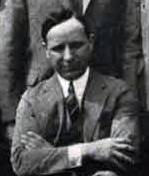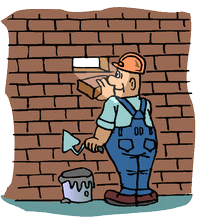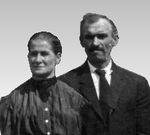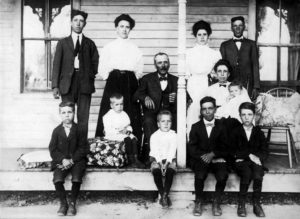
The childhood of my great-grandfather, Joseph Voisin (1855-1916), remained a stubborn mystery after many years of genealogy research. In other essays I described the known facts and many hypotheses. I explored genetic genealogy and used DNA testing to identify numerous distant cousins. However the lack of traditional genealogical evidence like birth, marriage, and census records did not shed light on Joseph’s birth or who his parents were.
Until now. While analyzing my DNA test results, I noticed several distant matches who did not fit my known family tree. I had to determine their lineages based on scant information. Next I found matches we shared in common and I determined their lineages too. I began to identify more and more distant cousins who descend from one man, Theobald Koebel.1

- Archives Départementles du Bas-Rhin (https://archives.bas-rhin.fr/) Oberseebach – Etat civil – Registre de naissances 1830 – 4 E 351/3, Catherine Koebel, # 1663, Image 18 of 23, (https://archives.bas-rhin.fr/detail-document/ETAT-CIVIL-C595-P1-R208956#visio/page:ETAT-CIVIL-C595-P1-R208956-2284439 : downloaded 25 May 2023). Signature of Theobald Koebel from his daughter Catherine’s birth record.

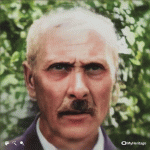
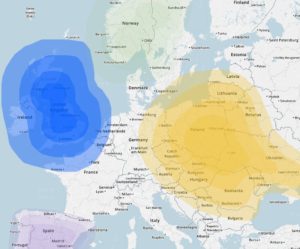 My autosomal DNA test results indicate I’m 98% European, which is further broken down to 49% British Isles, 36% East Europe, 9% Iberia and 4% Scandinavia. The remaining trace 2% is either Southeast Europe or simply “noise,” which is unexplained variations in the data.
My autosomal DNA test results indicate I’m 98% European, which is further broken down to 49% British Isles, 36% East Europe, 9% Iberia and 4% Scandinavia. The remaining trace 2% is either Southeast Europe or simply “noise,” which is unexplained variations in the data. I would like to take this opportunity to recognize Magdalena Voisin. She helped me find Joseph and Anne Voisin, who were my ancestors, and quite possibly my great great-grandparents. She provided such a big clue for a little girl only eleven years old. You see, she was born about 1841.
I would like to take this opportunity to recognize Magdalena Voisin. She helped me find Joseph and Anne Voisin, who were my ancestors, and quite possibly my great great-grandparents. She provided such a big clue for a little girl only eleven years old. You see, she was born about 1841.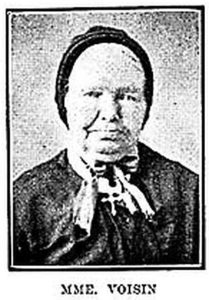
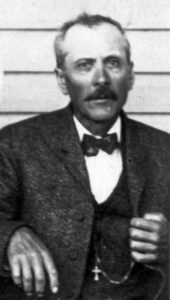
 There once was a precious little girl named Violet who died at age 2. More than one hundred years later, it is she who helped me unravel a compelling mystery.
There once was a precious little girl named Violet who died at age 2. More than one hundred years later, it is she who helped me unravel a compelling mystery.